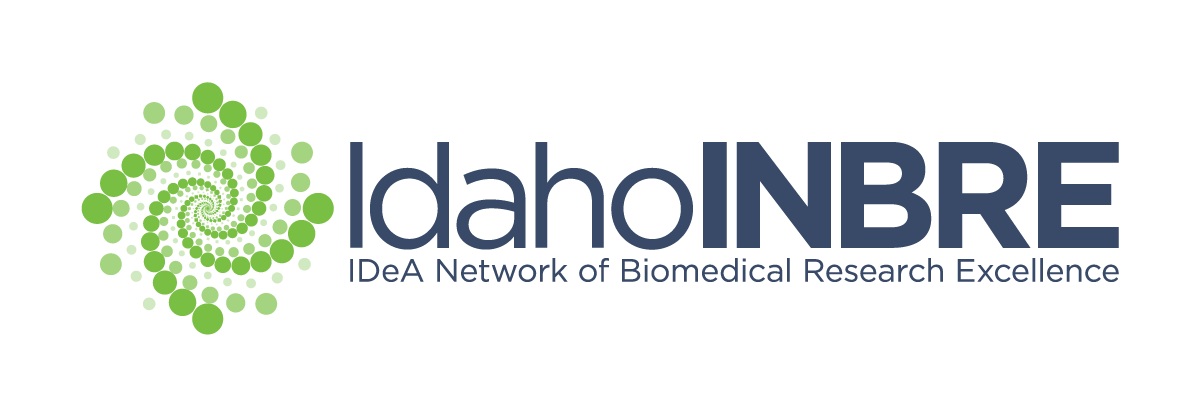Grant funds were provided to researchers at 11 network institutions with the express purpose of igniting increased grant applications and awards. As illustrated to the left, the investment of $17.7 million resulted in a >12-fold increase in new research funds coming to Idaho.
Do you have an Idaho INBRE success story you would like to share? Please click on the applicable link below to share your story!
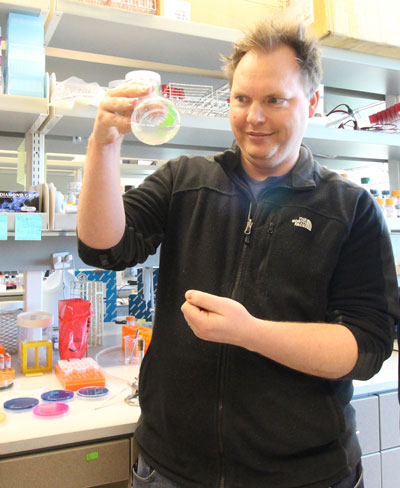
Dr. Dustin Van Hofwegen
Dr. Dustin Van Hofwegen’s Story
An age-old question, going back to Darwin, involves the strength of selective pressure on evolutionary outcomes. Darwin proposed that if a population were subjected to a ‘strong’ selective pressure the frequency and type of mutations generated would be different compared to a population subjected to weak selective pressure. Dustin Van Hofwegen, an INBRE-supported graduate student, and two University of Idaho faculty found a way to test this question. They show that there is no difference in the frequency or type of mutations generated in strong versus weak selective pressure. Their paradigm-shifting work resulted in a Journal of Bacteriology publication that requires the re-interpretation of the famous Richard Lenski long term evolutionary experiments. Both groups use E. coli bacteria to study evolution. In 1989, Lenski set up 12 identical cultures of E. coli in a medium containing glucose that supports only 6-7 cell divisions (generations) in a day. Lenski’s laboratory maintains the cultures by doing daily 1:100 dilutions into fresh medium. They have been doing this for the past 27 years. Under this weak selective pressure, the 12 Lenski cultures are adapting to use glucose very efficiently, but surprisingly the changes hardly differ among the 12 flasks. However, after 30,000 generations (~15 years), one of the 12 cultures looked very different than the others. It was growing rapidly. Lenski shows that the E. coli in this single flask evolved the ability to grow aerobically on citrate (a component in the glucose medium). Lenski calls it a rare innovative evolutionary event and hypothesized that it was dependent on numerous ‘potentiating’ mutations that occurred over the previous 15 years. Van Hofwegen et al., using a strong selective pressure rather than a weak one, show that within a few days to weeks, rather than 15 years, E. coli adapts to use citrate. Also, using the same weak conditions in Lenski’s experiments, except that cultures were transferred weekly instead of daily, they show that E. coli rapidly and readily adapts to use citrate. Genomic sequencing of Van Hofwegen’s ‘evolved’ E. coli show they are the same class of mutations identified by Lenski’s experiments. Thus, Van Hofwegen’s work shows that the frequency and type of mutations that occur are independent of selective pressure and that the numerous E. coli mutations that occurred during the 15 years of the Lenski experiments were not needed for, nor did they contribute to, the generation of E. coli that use citrate. This work contributes to our understanding of how organisms adapt and suggests there are unexpected limitations to species change.
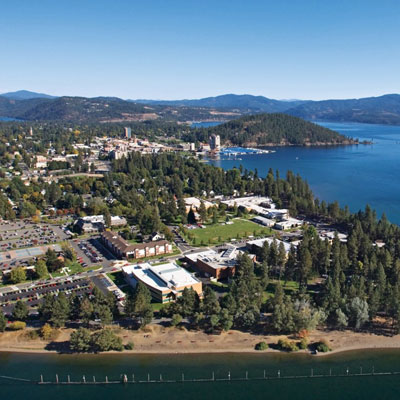
North Idaho College campus
High-impact Practice in the Sciences at North Idaho College
Idaho INBRE industry internships at North Idaho College provide undergraduate students a pipeline to careers in the workforce. They are often the best choice for geographically-bound students with academic potential who do not have access to a research university.
Industry Interns are paired with one of more than 15 different industry laboratories. The industry labs take the entry-level students and provide 400 hours of bench work, which is time equivalent to 10 college-level laboratory classes. The Industry Interns are paid a living wage stipend by INBRE and are thus enabled to enroll in more college courses. They are highly successful due to the “learn and earn” arrangement.
Successful partnerships benefit both the students and the employers and can strengthen relationships between communities and their institutions of higher education.
Over the years, numerous success stories have surfaced as a result of these high-impact practices and through the efforts and motivation of the professors and students involved in INBRE.

Former North Idaho College (NIC) student Dr. Ingrid Fruth was NIC’s first INBRE intern. Dr. Fruth began at NIC as a nursing student. After earning an associate’s degree at NIC, Dr. Fruth went on to receive a bachelor’s degree in microbiology, and a Ph.D. in microbiology, molecular biology, and biochemistry. “INBRE supported every pivotal point in my journey,” Fruth said.
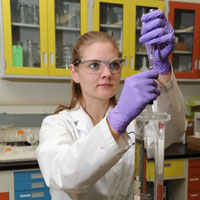
Veronica Hendricks began at NIC as a business student. After taking a science class, she discovered her passion for research. “INBRE kept opening doors for me. I did not know what was on the other side, but I walked through every door,” she said. Hendricks completed a bachelor’s degree in chemistry and a bachelor’s degree in chemical engineering.
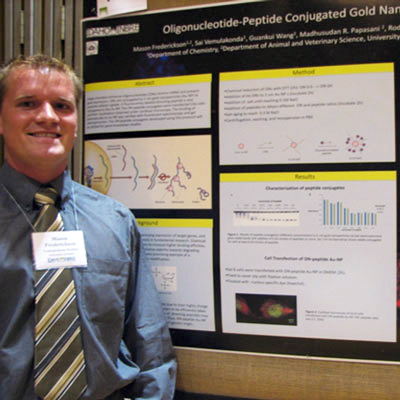
Mason Fredrickson came to NIC planning to complete a certificate in the health professions. He now has a bachelor’s degree in microbiology and works for a molecular technology firm. He said, “North Idaho College and INBRE changed my life!”
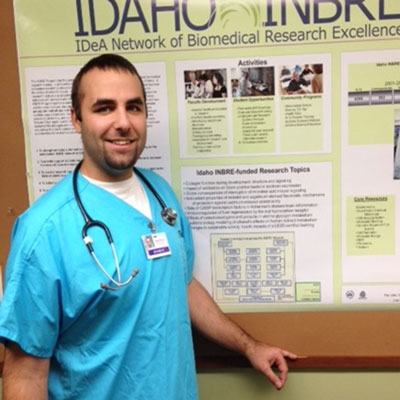
Tom Croschere, M.D., worked as a miner and came to NIC knowing that he wanted to practice medicine. “My participation in INBRE helped me integrate various class disciplines, which developed my skills as a scientist,” he said.
NIH support has changed the culture on NIC’s campus. Students are motivated to reach a higher education level than they previously realized possible, faculty and staff have higher expectations for student achievement, and administrators and community members are proud of improved partnerships. The North Idaho College “INBRE family” has an exceptional esprit de corps.
